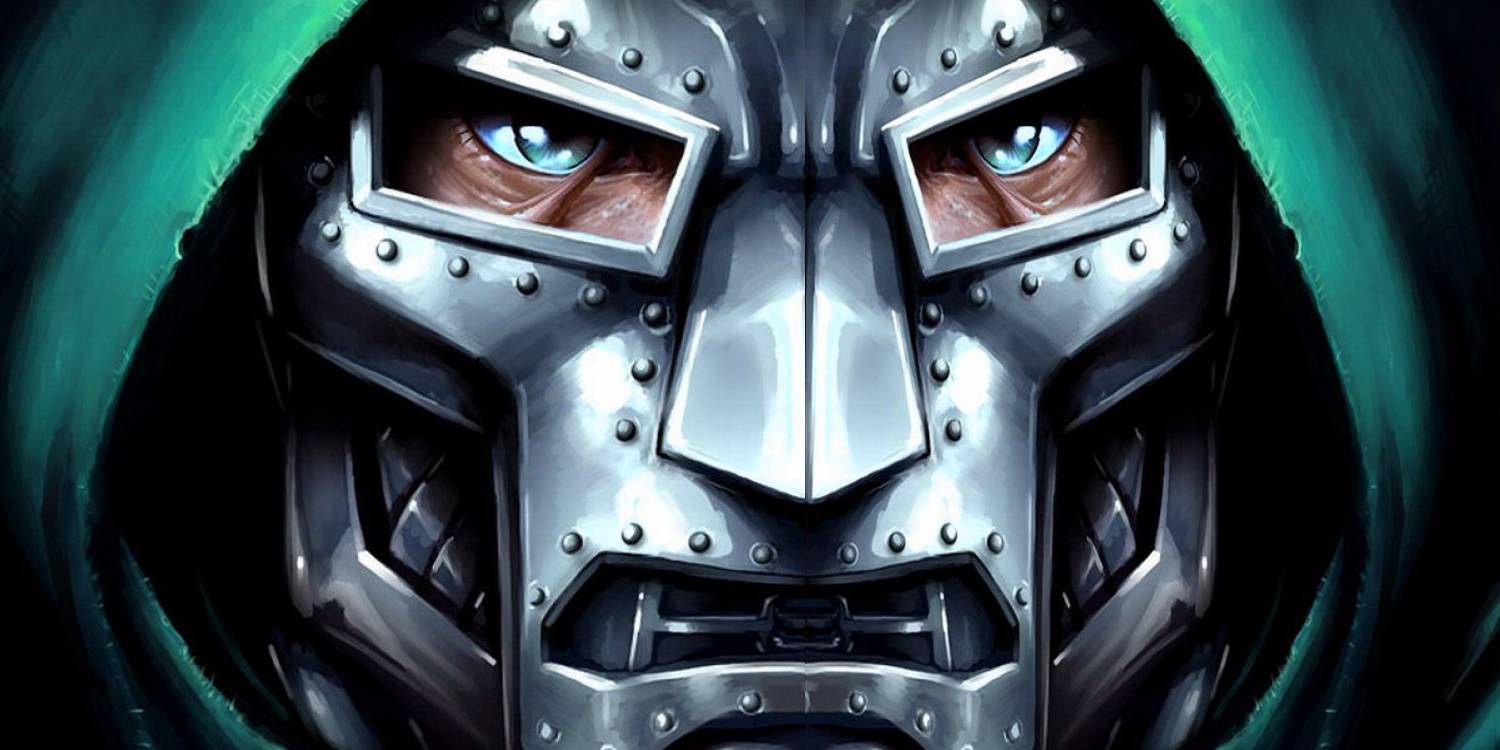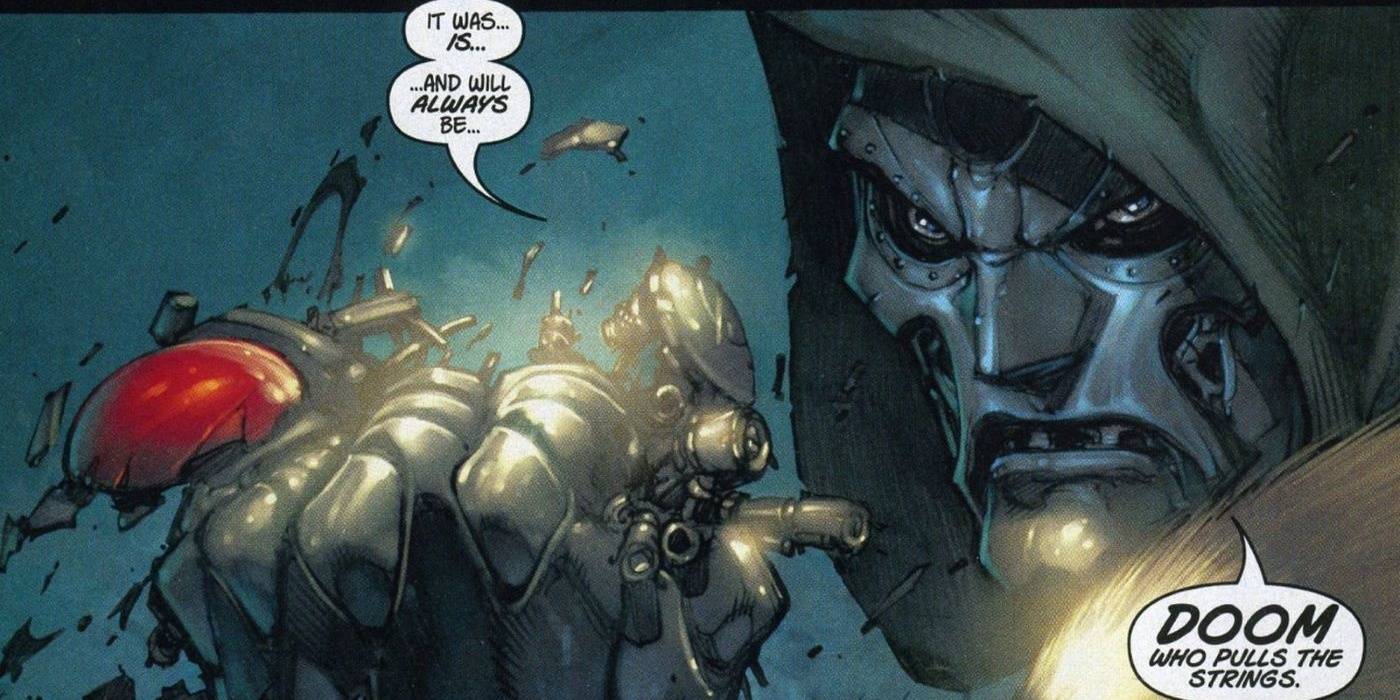Why Marvel Fans Love Doctor Doom For Fighting One Big Trend
The Fantastic Four's rival Doctor Doom is undoubtedly one of, if not the most famous villains the Marvel Universe - but his enduring popularity is not necessarily because he has changed over time, but because he has not. Victor Von Doom is a theatrical villain in the extreme, prone to long-winded speeches about his long-term plans for world domination and his inevitable victory over his sworn enemy Reed Richards. At the time, he was simply another card-carrying villain, but as the decades have passed Doctor Doom has only become more popular thanks to his (and his writers) resistance to change.
Doctor Doom appeared relatively early in Stan Lee and Jack Kirby's original Fantastic Four run. In Fantastic Four #5, Marvel's first family are captured by Doctor Doom, who sends them back in time to retrieve a treasure. Doom has no intentions of being fooled or betrayed by the team - so when they return and attack Doom, it is only a robot duplicate that is defeated - one of many robotic Doombots created by Doom just in case his life was ever threatened.
But during the Silver Age of Comics, most other villains acted and sounded like Doctor Doom: they were all theatrical, boastful, and often referred to themselves in the third person. This is most evident in other Stan Lee-written villains like the Mandarin, Loki, Doctor Octopus and others. The DC Universe wasn't exempt from B-Movie-esque villains as well: Lex Luthor was a prime offender. But as the Silver Age gave way to the Bronze Age in the '80s, villains became, for lack of a better word, more "realistic." Lex Luthor became a billionaire businessman, the Mandarin operated from the shadows, and other villains experienced similar changes...but not Doctor Doom. If anything, Doom has planted his feet and became even more of a monologue-spewing villain than before.
Even leading up to and including the Modern Age of Comics (the 2000s to the present day), Doctor Doom is still a magnanimous villain reminiscent of the villains in a Saturday morning cartoon. His position as leader of Latveria may have something to do with this characterization: Doom rules a country and makes repeated speeches to his subjects (while threatening anyone who dares oppose him, be they citizen or private superhero). Perhaps this is why Doctor Doom has been received so poorly in the various live action Fantastic Four films: his characterization is so innately intertwined with the campy 60s version that any attempt to "update" his personality inevitably fails.
Even as far forward as his appearances in 2022, Doctor Doom is still a theatrical character. In July's Captain America: Symbol of Truth #3, for example, Captain America and ally Deadpool are brought to Doom's throne room in Latveria: a lavishly decorated enclosed space that is reminiscent of a castle. Modern-day villains, while still prone to the occasional speech, do not use theatrical elements with the same appeal as Doom - and it is precisely this theatricality combined with a steadfast refusal to update his characterization that makes Doctor Doom so compelling of a villain to watch (especially now).



0 Response to "Why Marvel Fans Love Doctor Doom For Fighting One Big Trend"
Post a Comment